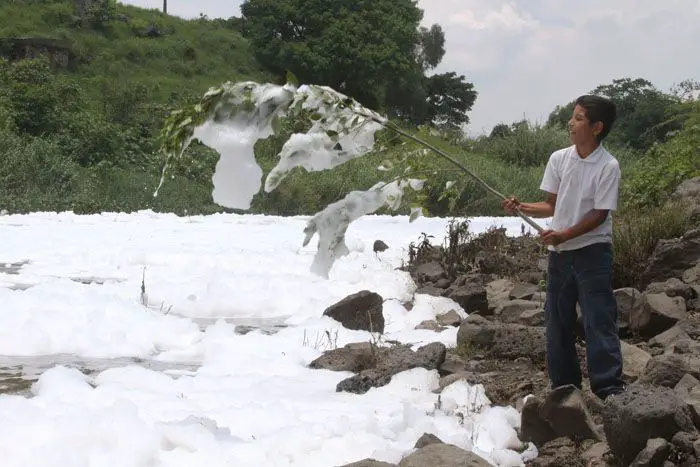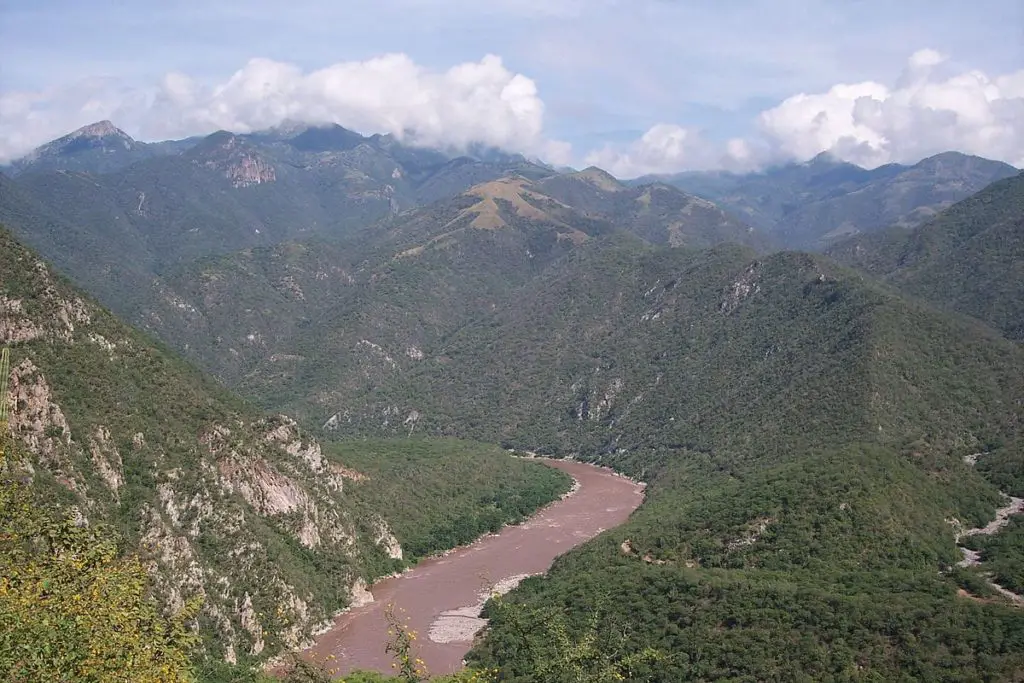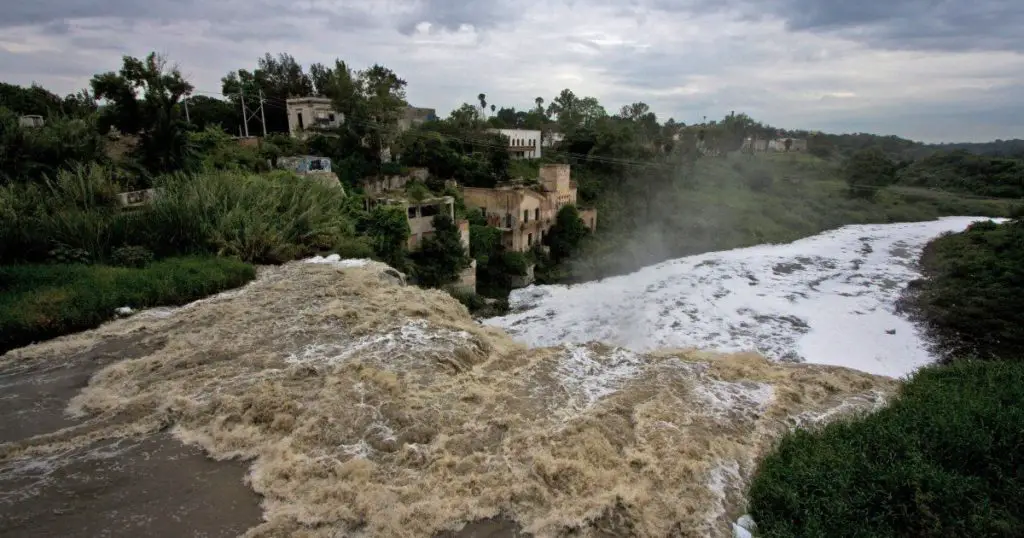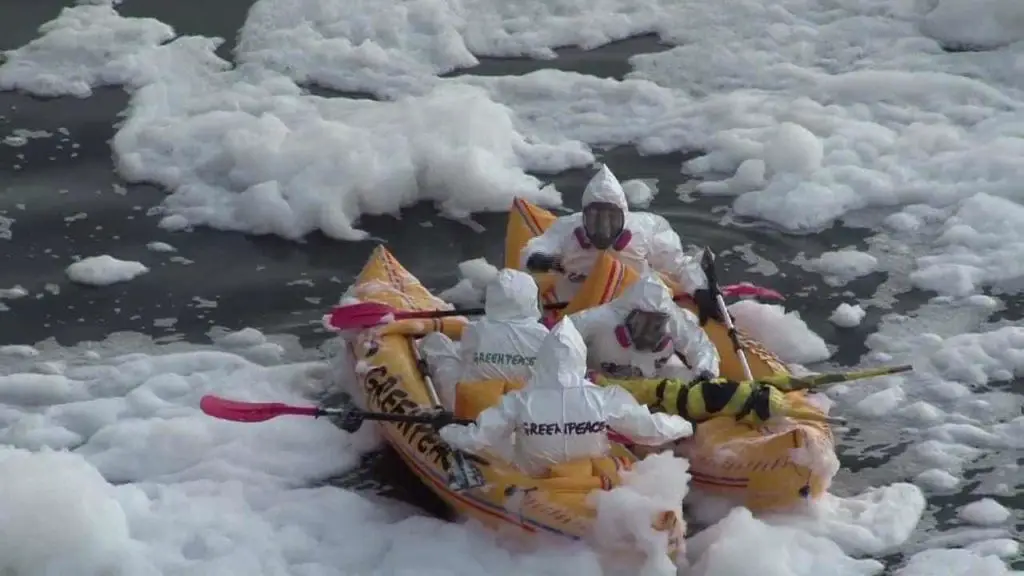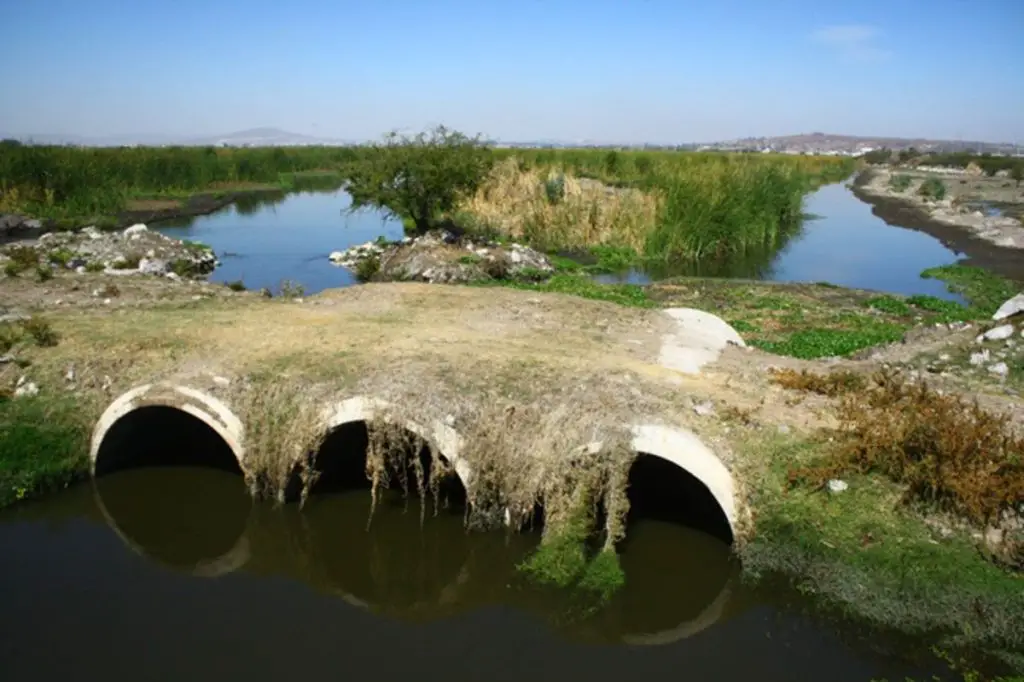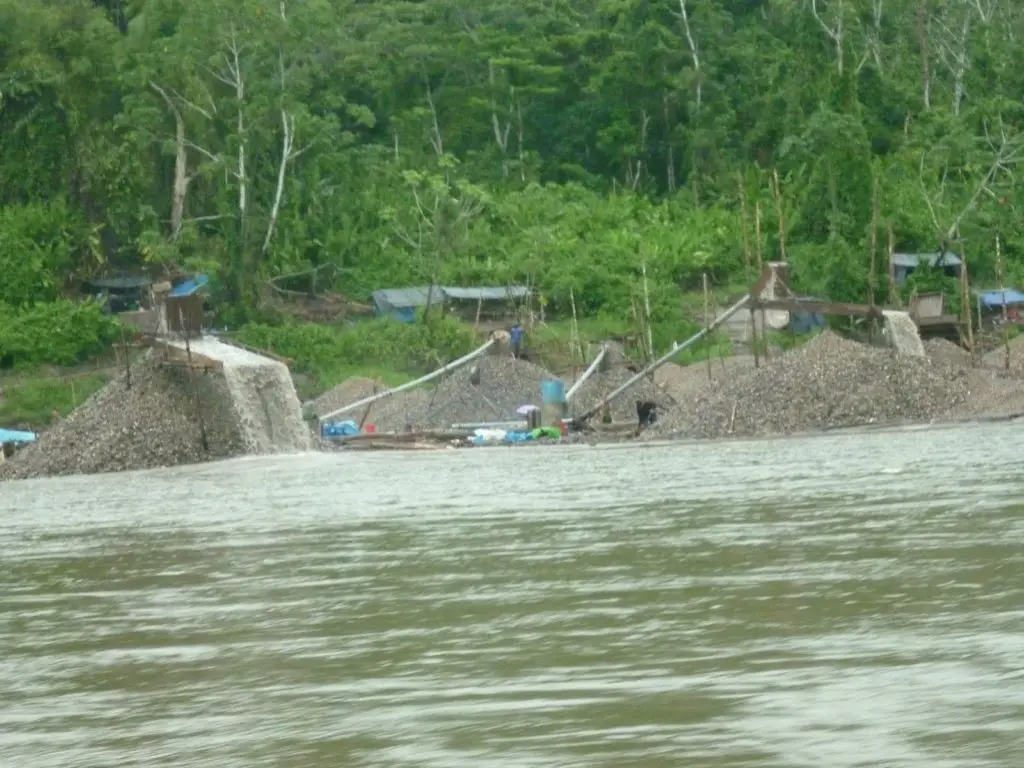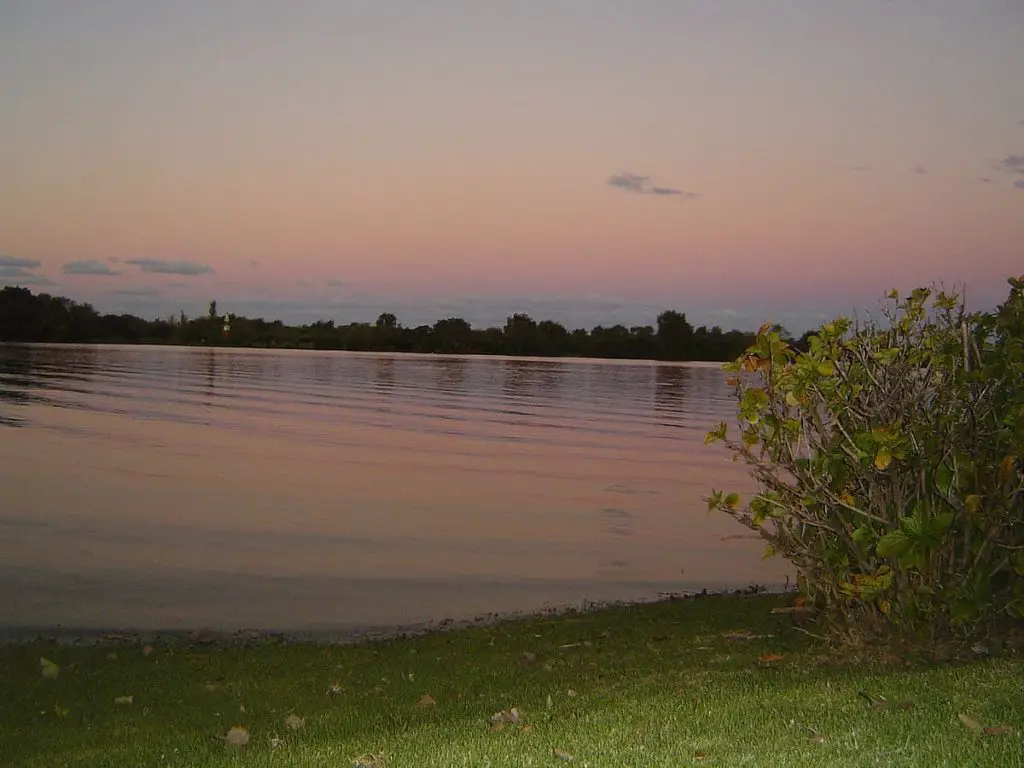The Santiago river, also known as the Rio Grande de Santiago, in Mexico, has a high level of pollution. Do you know why?
Indice De Contenido
Santiago River
The Santiago River is also known as the Rio Grande de Santiago and is also called the Santiago Totolotlan. Many people wonder where the Santiago River has its source in a town in Jalisco called Ocotlán.
It is in Lake Chapala, which lies on the eastern shore at an altitude of 1524 metres above sea level.
Location of the Santiago River
The main states crossed by the waters of the Santiago River are Jalisco and Nayarit. It forms the natural border between these states for about 30 kilometres.
The Santiago River also passes through one side of Guadalajara, the course of its flow. It flows into the Pacific Ocean near the area called San Blas, in the state of Nayarit.
Its length is 562 kilometres. The Santiago River has a basin of 76,400 km2. It is considered the second most important river in the country. It has the following reservoirs:
- El Cajón.
- Aguamilpa.
- Santa Rosa.
From Santa Rosa to the beginning of Aguamilpa it flows northwest, then turns southwest.
Santiago River Basin
Among the information of its vast basin, the course of the Santiago River makes it pass through the following Mexican states:
- Aguascalientes.
- Durango.
- Guanajuato.
- Jalisco.
- Nayarit.
- Zacatecas.
This basin is home to more than 7.5 million people, most of whom live in the city of Guadalajara itself.
Industrial development is also concentrated here. It stretches along the Santiago River towards Ocotlán.
According to the government, it is the most polluted area in the country:
- Valley of Mexico.
- Balsas.
- Lerma – Santiago.
- Certain locations in the central Gulf.
Tributaries of the Santiago
The Santiago River in Mexico has a large number of tributaries in its flow, among the most important that it receives on its right bank are the rivers:
- Verde.
- Jachipila.
- Huaynamota.
- Bolaños.
Pollution of the Santiago River
Much is known about the high levels of pollution in the Santiago River in Jalisco. This has been going on for many years and has increased over the years. The same is true of the Guaire River.
It is a fact that around 200 industries, both national and foreign, have received permits to set up in the Santiago River basin.
The growth of the problem
It is clear and obvious that during all this time the waters of the river have received large quantities of chemical and industrial waste generated over so many years.
The management of the bodies responsible has spent large sums of money on the installation of treatment plants. However, the same pollutants continue to be discharged into the river.
This is why the problem has not been solved and, on the contrary, has become more acute. The Volga River is also polluted.
It should be noted that the waters of the Santiago de Mexico River also receive domestic sewage from the surrounding villages. As does the Yangzi River. This adds to the already high levels of pollution in the waters of the Santiago de Mexico River.
Recent actions by affected people
In August 2017, members of the Asociación Civil Únete México (Unite Mexico Civil Association) went to the state of Jalisco to report the presence of foam floating in the waters of the Santiago River.
According to them, the foam is pollution from toxic waste dumped in the river.
Consequences of the pollution of the Santiago River
The pollution is killing the fish that live in the river, if there are any, as well as in the Cajititlán Lagoon and the Ayuquila River.
Given the location of the Santiago River and the fact that it passes through several municipalities in the two largest states in the country, it is considered to be highly polluted, affecting both the ecosystem and the population in general.
And time goes by without a solution to prevent the problem from growing and depleting the source of water that is essential for life.
Santiago River, Argentina
The so-called Rio Santiago is a river course that has an atypical order in its conformation, forming an axis that is integrated by a channel born in a natural way and parallel to the Rio de la Plata.
This is very similar to what is known as a freshwater estuary. An estuary is the part of a river where it flows into the sea.
Delta of Santiago
It is complemented by the so-called delta, which opens up in a fan shape and flows into the open waters of the Río del Plata.
This creates two islands, the islands of:
- Paulino.
- Santiago.
Motivated by the proximity of large cities and also by the good maintenance of its surface. The area is useful for tourist attractions.
Such as ecotourism, kayaking, sport fishing, excursions and everything related to the encounter with nature.
Curiosities
According to the curiosities that we have, the history of the Santiago River tells us that it has its source in the city of Jalisco.
The Santiago River also crosses Guadalajara and its waters flow into the Pacific Ocean.
Among the characteristics of the Santiago River we have that it is considered one of the most polluted rivers in comparison with others.
Below is the exact location of the Santiago River on the map, showing its course, as well as the place where it originates and where it flows into the Pacific Ocean.

